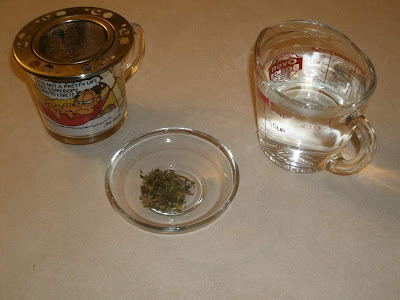Indonesia (revisited)

Guess what I found! Fresh turmeric! If you look closely, the piece on the right has an "eye" growing on it. That means that my ginger plant is going to have a friend (provided I'm able to grow this piece of turmeric). According to the internet, I'm going to need a larger flower pot than what I have, and this is the wrong time of year to find large flower pots. I started it in the largest pot I have, and will deal with finding a bigger container when I need to. Hi ginger plant. Look how big it's getting! Apparently both types of plants are rather slow growing, and the fall/winter is not the optimal time to try to grow these, but I'm limited to availability, and the fall is when I found suitable rhizomes with "eyes". Heaven knows that I could use a little bit of the tropics during winter, and growing tropical plants is the closest I could feasibly get to somewhere tropical. I got both my ginger and turmeric at the local organic food


